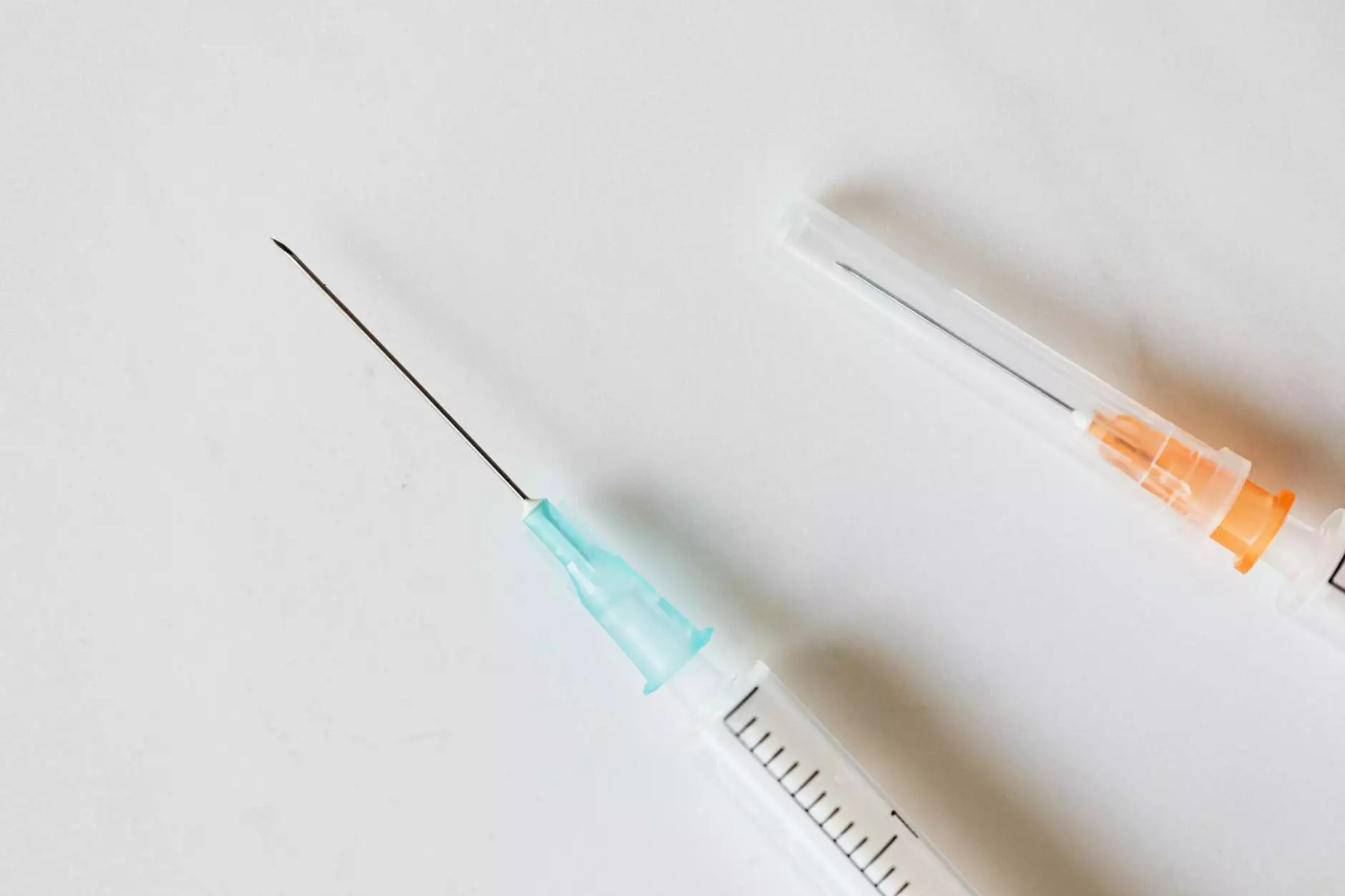Understanding the Importance of Western Blotting Apparatus in Molecular Biology

The field of molecular biology has evolved significantly over the years, driving the need for advanced techniques and tools to study proteins effectively. One such essential technique is western blotting, which plays a pivotal role in protein analysis and identification. This article delves into the significance of the western blotting apparatus, its functionality, applications, and the latest advancements in the field. Whether you are a seasoned researcher or a budding scientist, understanding this technique will enhance your knowledge and practice in molecular biology.
The Basics of Western Blotting
Western blotting, also known as protein immunoblotting, is a powerful analytical technique used to detect and quantify specific proteins in a sample. The process involves several crucial steps:
- Sample Preparation: Proteins are extracted from biological samples, such as tissues or cells, using various lysis buffers.
- SDS-PAGE: The extracted proteins are separated based on their molecular weight using sodium dodecyl sulfate polyacrylamide gel electrophoresis (SDS-PAGE).
- Transfer: Separated proteins are transferred from the gel onto a membrane, typically made of PVDF or nitrocellulose.
- Blocking: The membrane is blocked to prevent non-specific binding of antibodies.
- Antibody Incubation: Primary and secondary antibodies are applied to detect the target protein.
- Detection: Various detection methods, such as chemiluminescence or colorimetric assays, are employed to visualize the protein bands.
Components of the Western Blotting Apparatus
The efficiency and accuracy of the western blotting apparatus are reliant on several key components:
1. Gel Electrophoresis System
A robust gel electrophoresis system is essential for effective protein separation. This includes the gel apparatus, power supply, and running buffers.
2. Transfer Apparatus
The transfer apparatus is crucial for transferring proteins from the gel to the membrane. There are different methods for this, including:
- Wet Transfer: This traditional method uses a transfer buffer and involves submerging the gel and membrane in a chamber.
- Semi-Dry Transfer: This method uses less buffer and is faster, making it a popular choice among researchers.
- Dry Transfer: An innovative, time-efficient method that requires minimal buffer and decreases protein degradation.
3. Blocking and Antibody Solutions
The choice of blocking solutions and antibodies is vital for reducing non-specific binding and maximizing the sensitivity of protein detection. Common blocking agents include:
- Fat-free milk
- Bovine serum albumin (BSA)
- Casein
4. Detection Systems
Detection systems vary from simple colorimetric assays to advanced chemiluminescence methods. The choice here depends on the specificity and sensitivity required for the experiment.
Applications of Western Blotting
The applications of western blotting are vast, making it an indispensable tool in molecular biology. Here are some key areas where this technique is commonly used:
1. Protein Identification
Western blotting allows researchers to confirm the presence of specific proteins, making it a vital tool in identifying biomarkers in diseases.
2. Post-Translational Modifications
This technique can be used to study post-translational modifications (PTMs) such as phosphorylation, glycosylation, and ubiquitination, which are crucial for understanding protein functionality.
3. Quantitative Analysis
Researchers often utilize western blotting to quantify protein expression levels under various conditions, aiding in the study of cellular responses to stimuli.
4. Diagnostic Applications
Western blotting finds application in clinical diagnostics, particularly in detecting specific antibodies, as seen in tests for HIV and Lyme disease.
Advancements in Western Blotting Technology
The western blotting apparatus has seen several technological advancements that enhance its functionality and ease of use:
1. Automated Systems
Automation in sample loading, antibody incubation, and detection has streamlined the western blotting process, reducing user error and increasing reproducibility.
2. Enhanced Detection Techniques
Recent innovations include the development of more sensitive chemiluminescent detection reagents, which allow for the detection of low-abundance proteins.
3. Multiplexing Capability
Modern western blotting techniques now permit the simultaneous detection of multiple proteins in a single sample, enhancing throughput and data richness.
4. Improved Software for Analysis
Software advancements have facilitated better analysis and quantification of western blot data, providing researchers with more accurate results.
Choosing the Right Western Blotting Apparatus
Selecting the appropriate western blotting apparatus is crucial for achieving reliable results. Here are factors to consider:
1. Type of Proteins Under Investigation
The nature of the proteins you plan to analyze may influence your choice of apparatus. For high-resolution separation, look for advanced gel electrophoresis systems.
2. Throughput Needs
For laboratories dealing with high sample volumes, consider systems designed for high-throughput applications.
3. Budgetary Constraints
While advanced systems may offer enhanced functionalities, it’s essential to consider your budget and choose an apparatus that provides a balance between performance and cost.
4. Manufacturer Reputation
Choosing a reputable manufacturer, such as Precision BioSystems, known for quality products and customer support, is vital for ensuring prolonged and efficient use of your equipment.
Conclusion
The western blotting apparatus is a cornerstone in the field of molecular biology, providing researchers with the ability to analyze proteins with precision and reliability. Understanding its components, applications, and technological advancements is essential for anyone involved in life sciences research. As the field continues to evolve, staying updated with the latest advancements in western blotting technology will ensure your research remains at the forefront of innovation.
Whether you work in a well-established lab or an emerging biotech startup, investing in high-quality western blotting apparatus and mastering the technique will enhance your research capabilities and contribute to significant scientific advancements.









